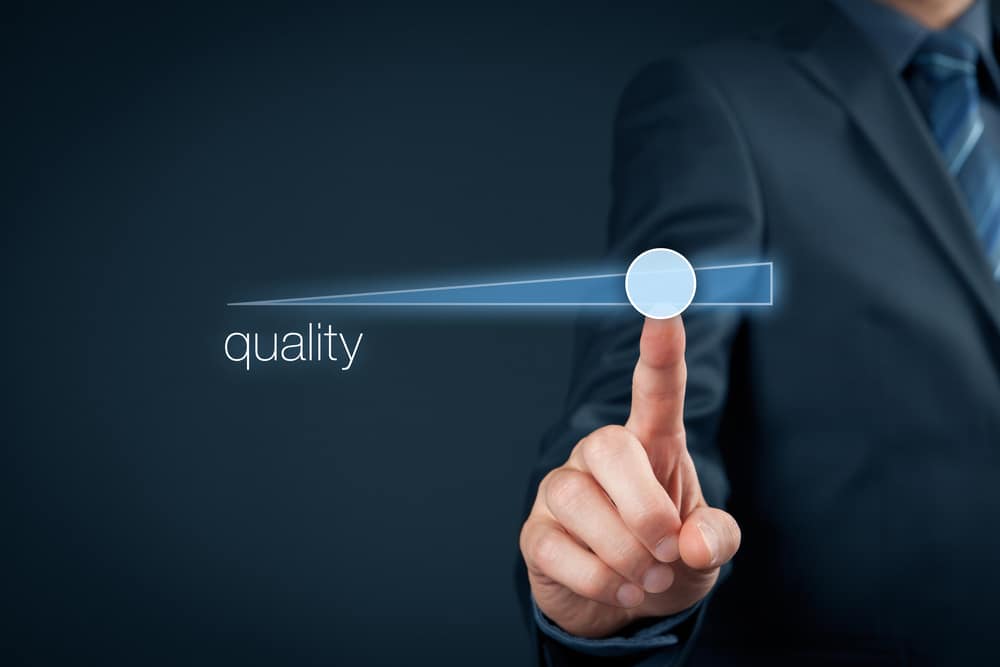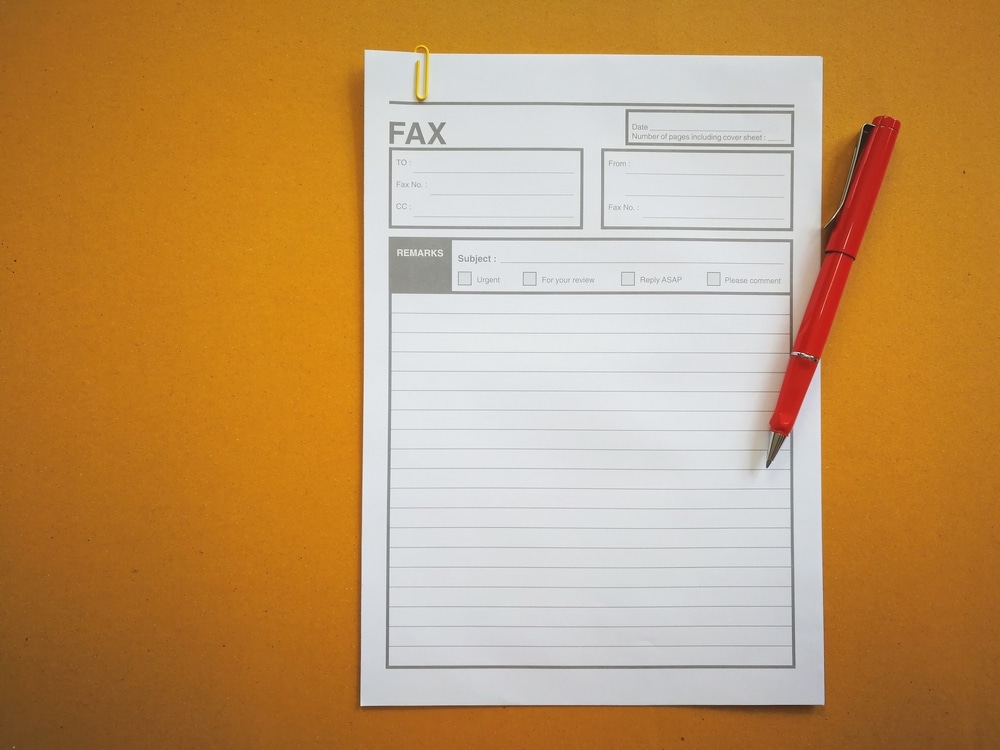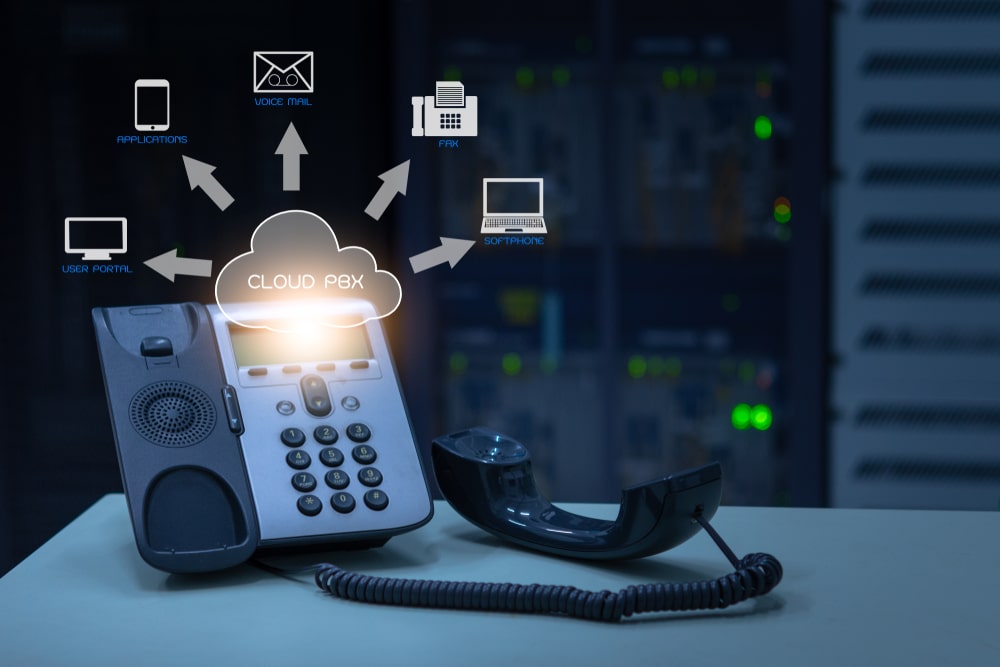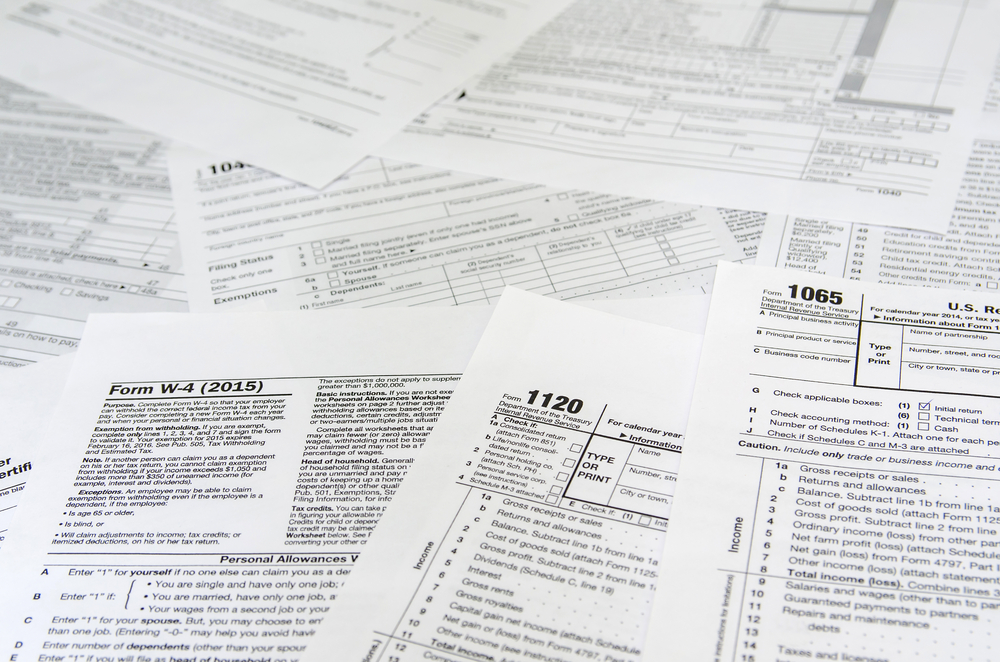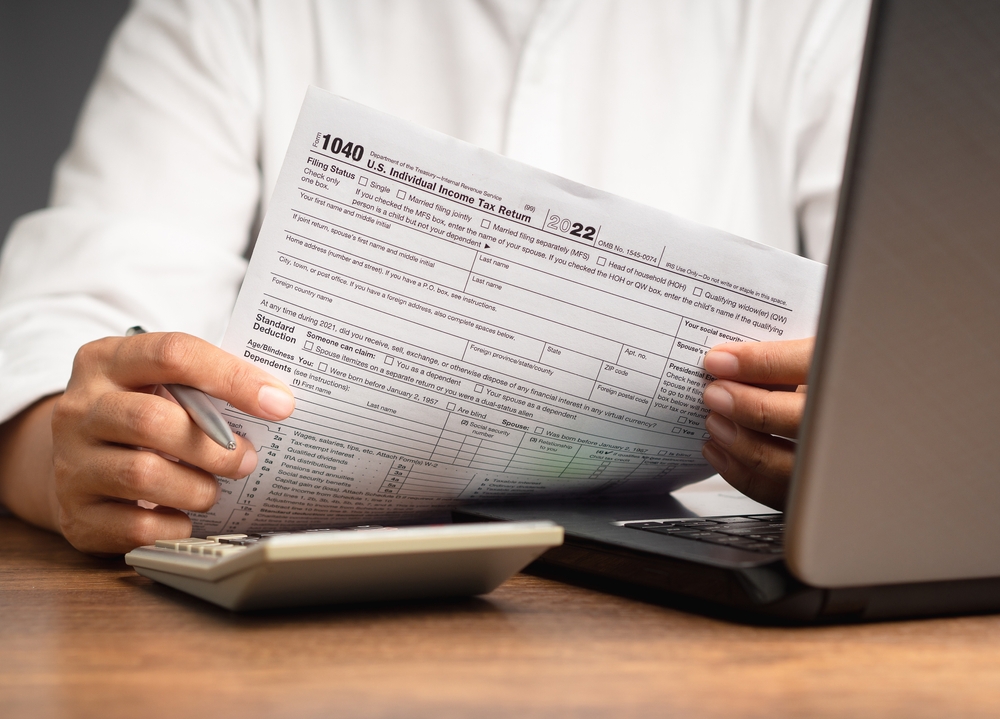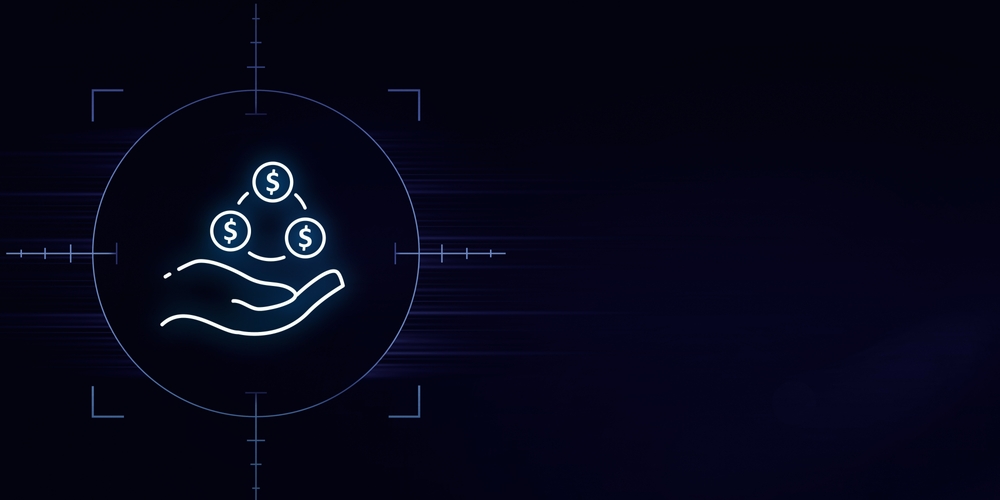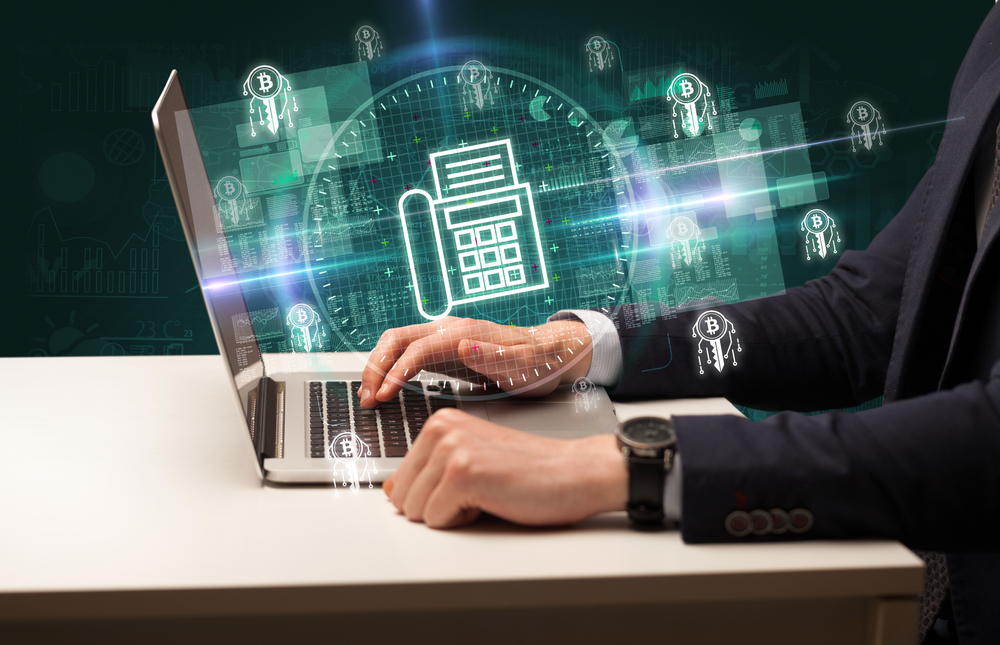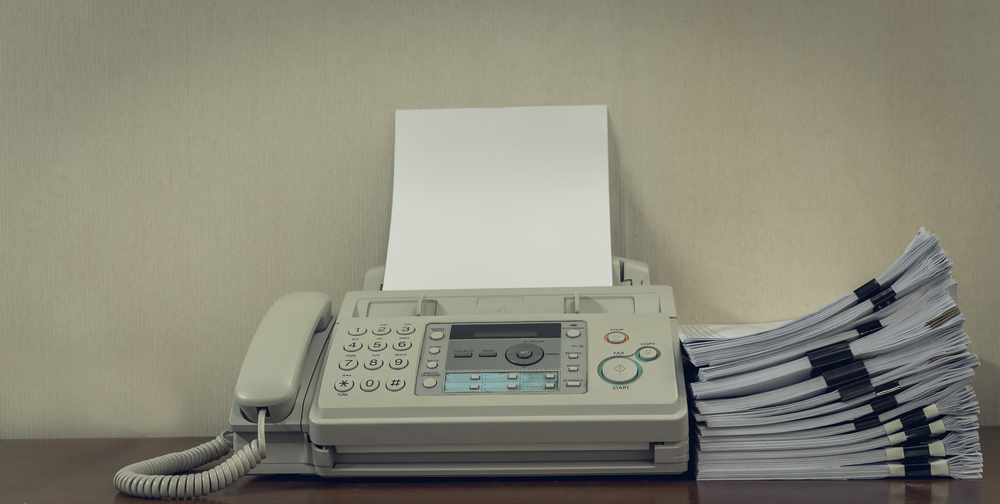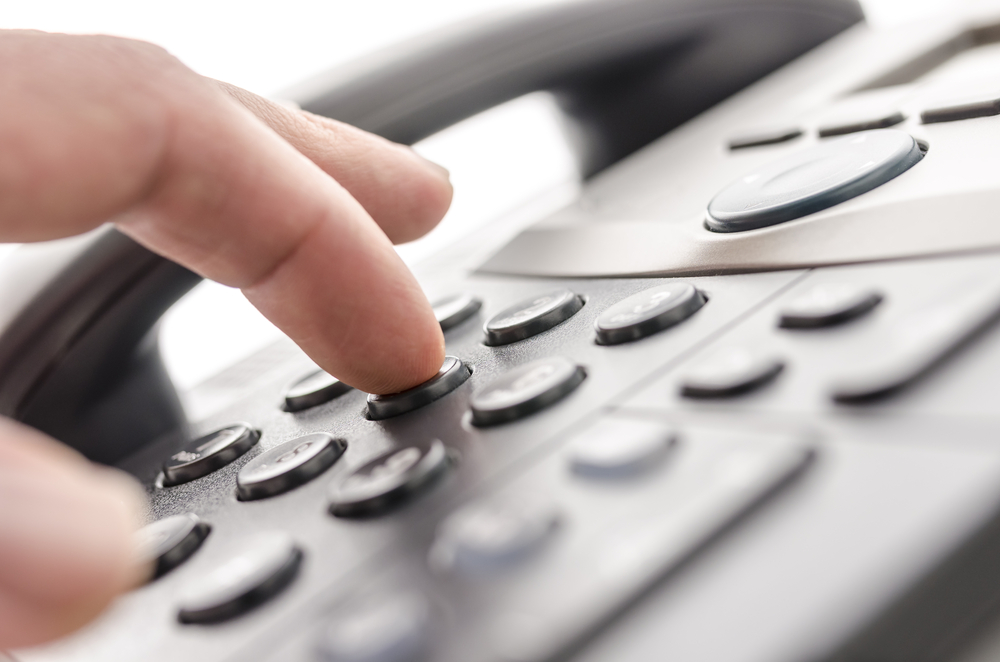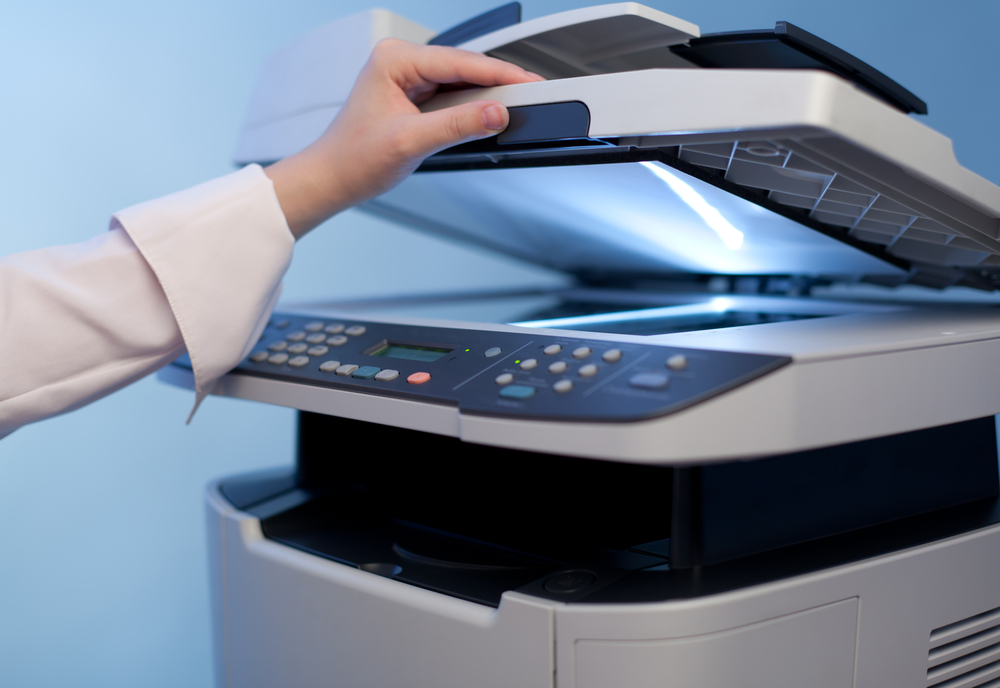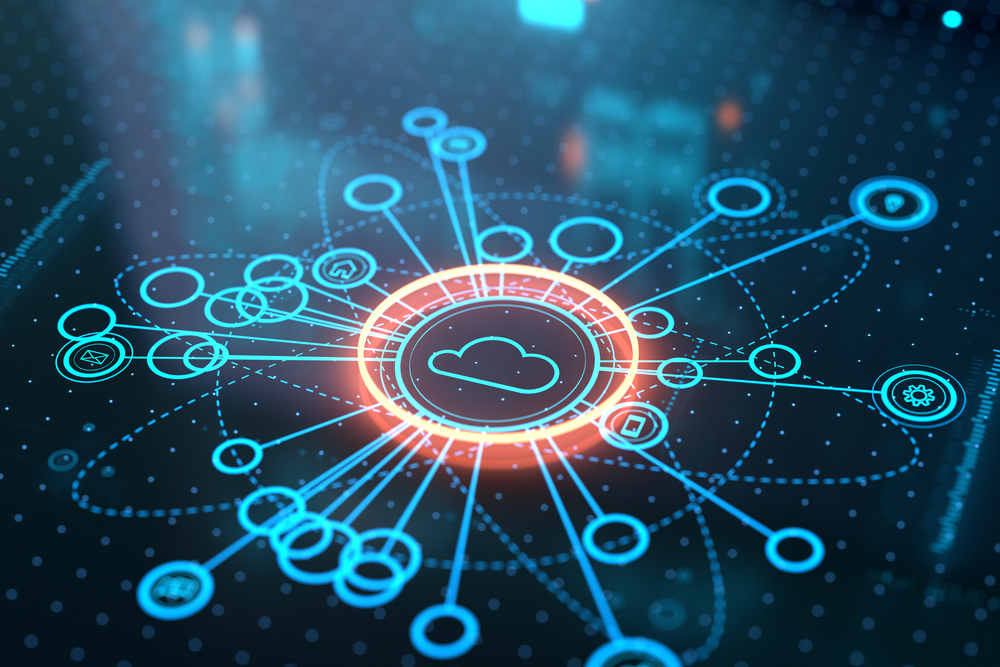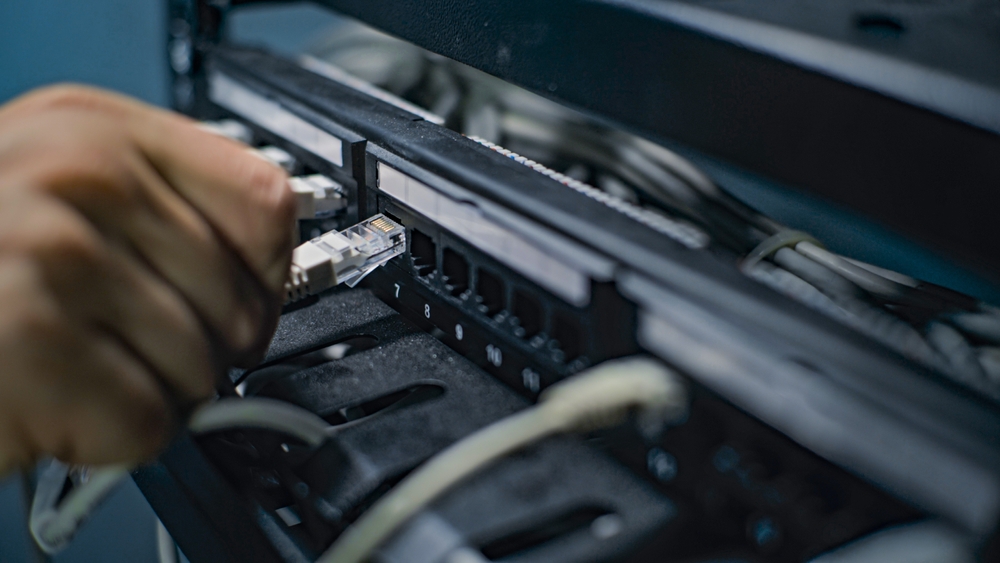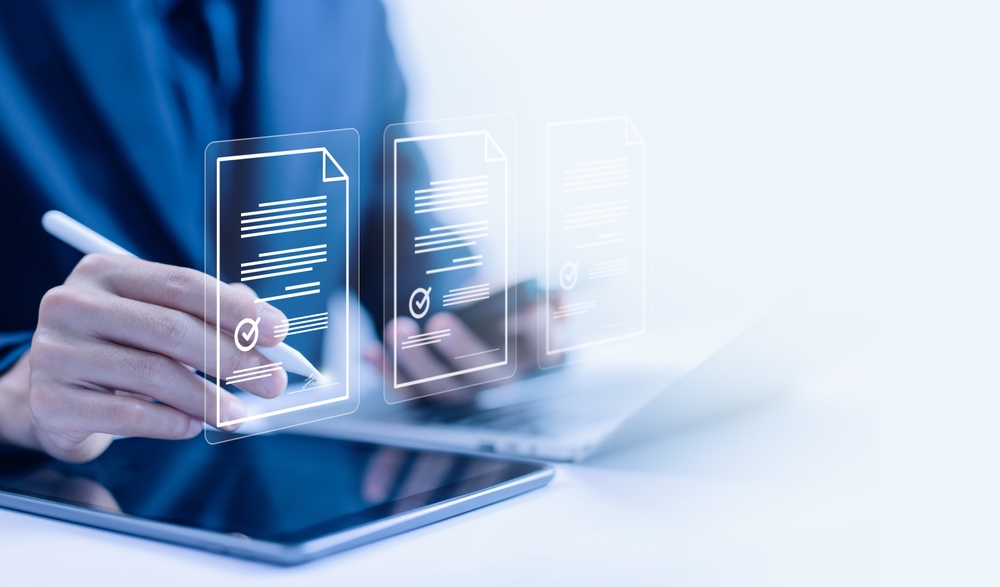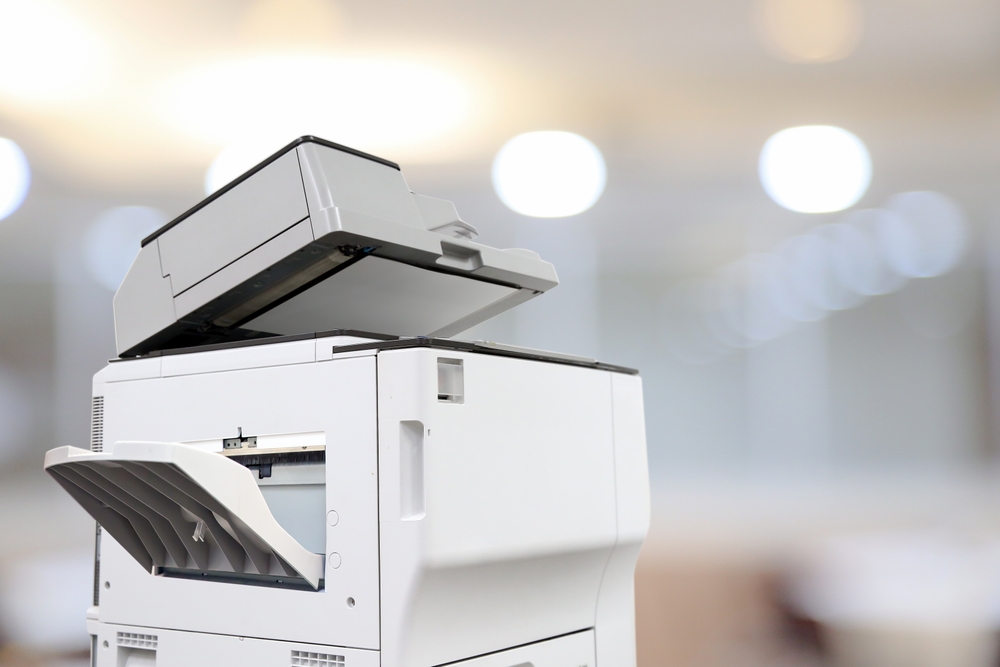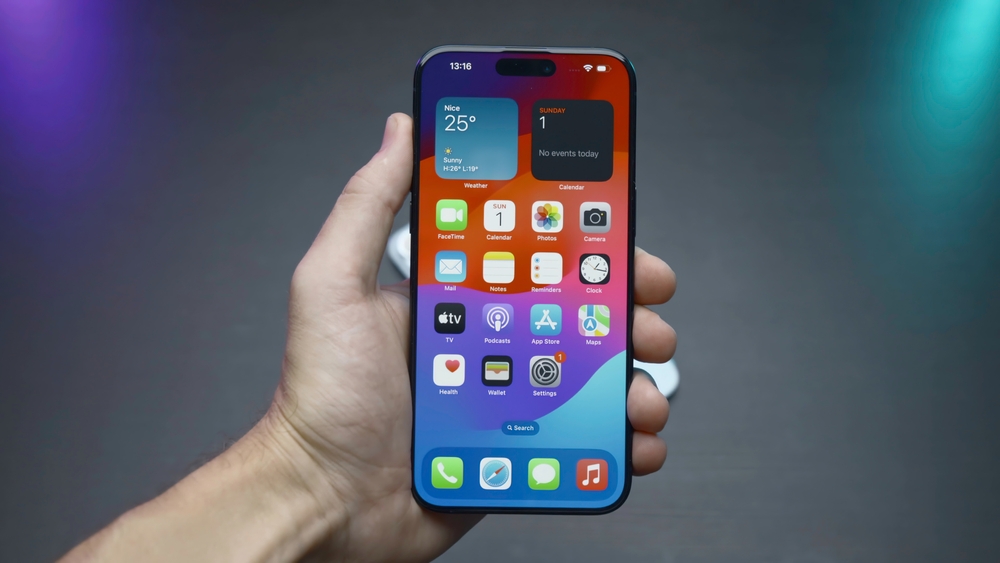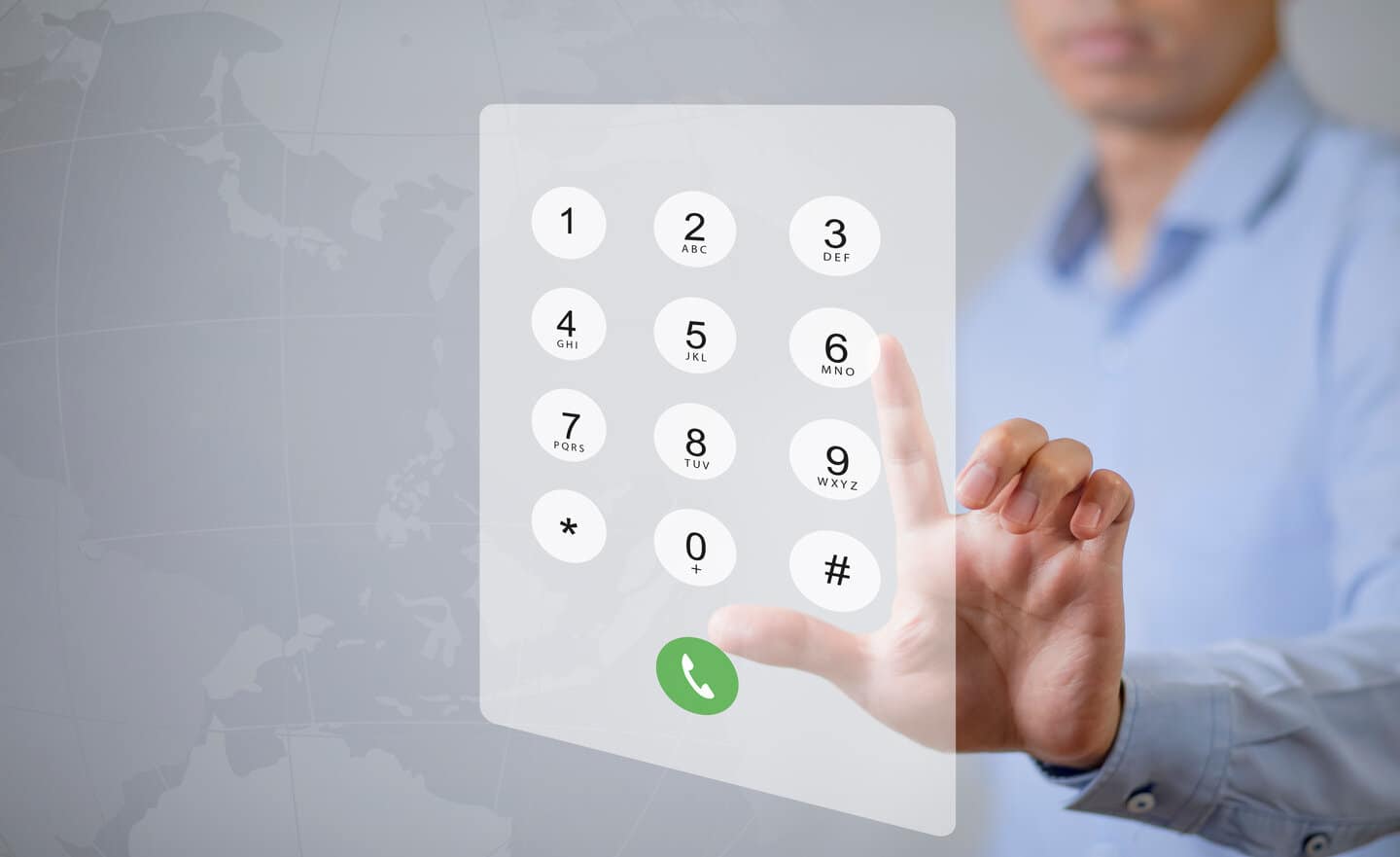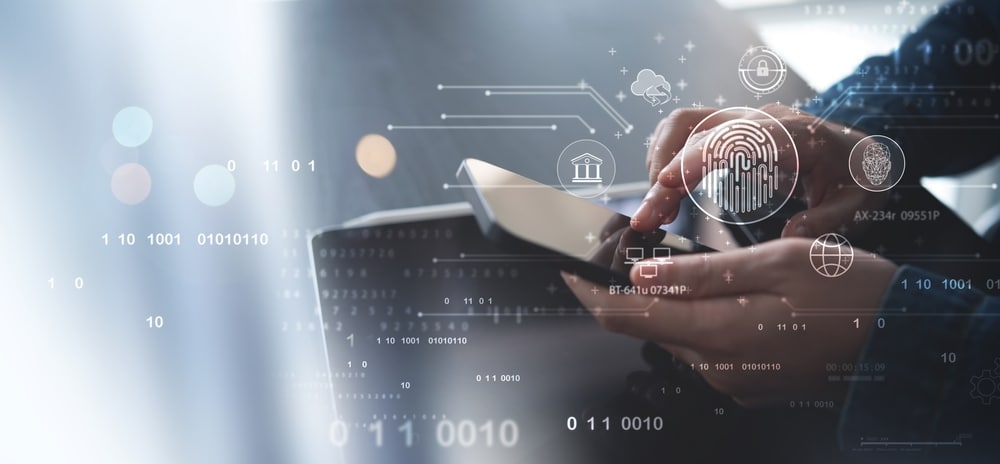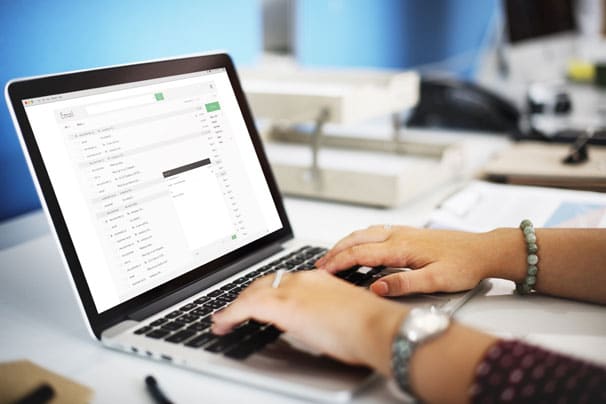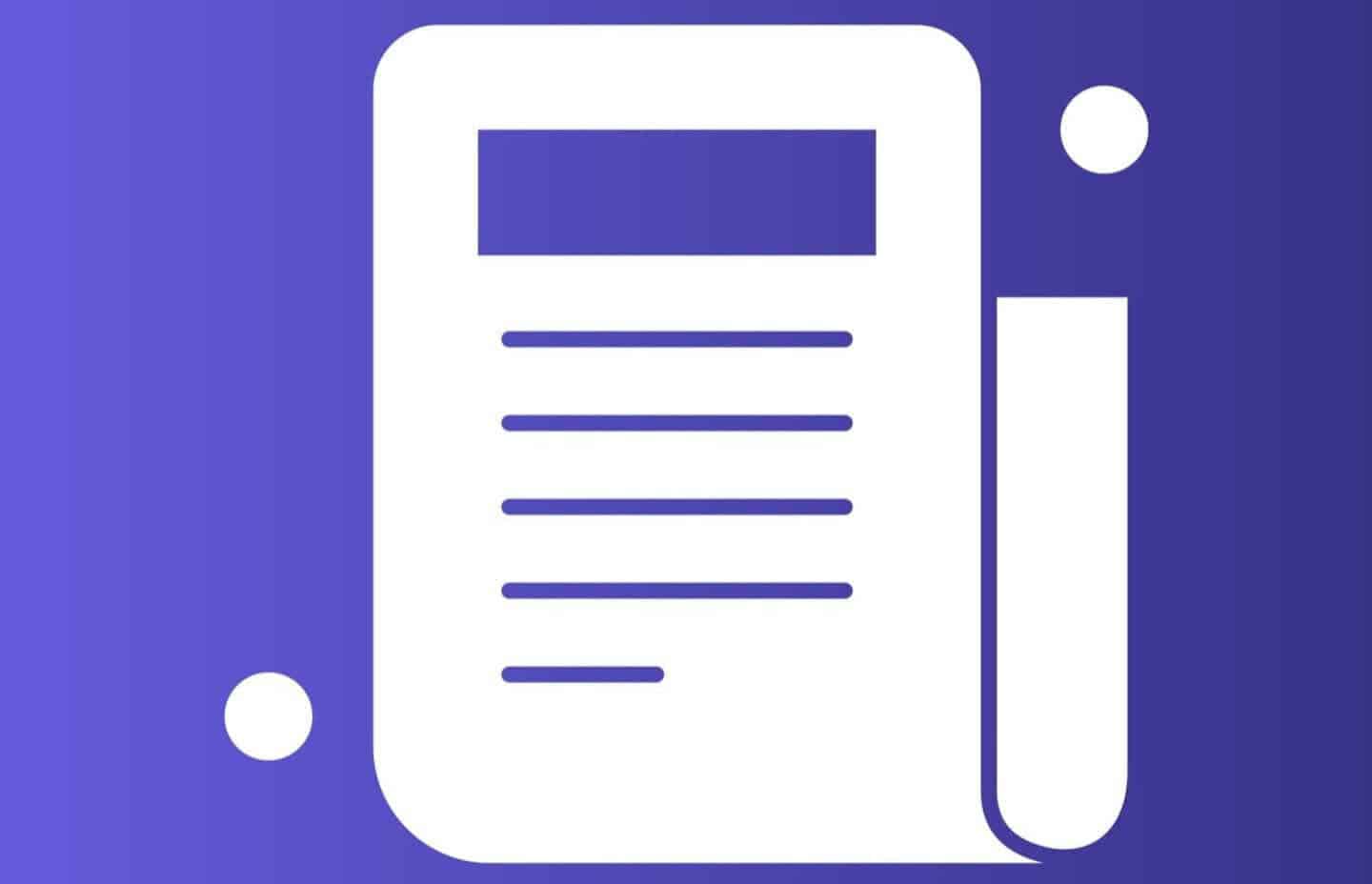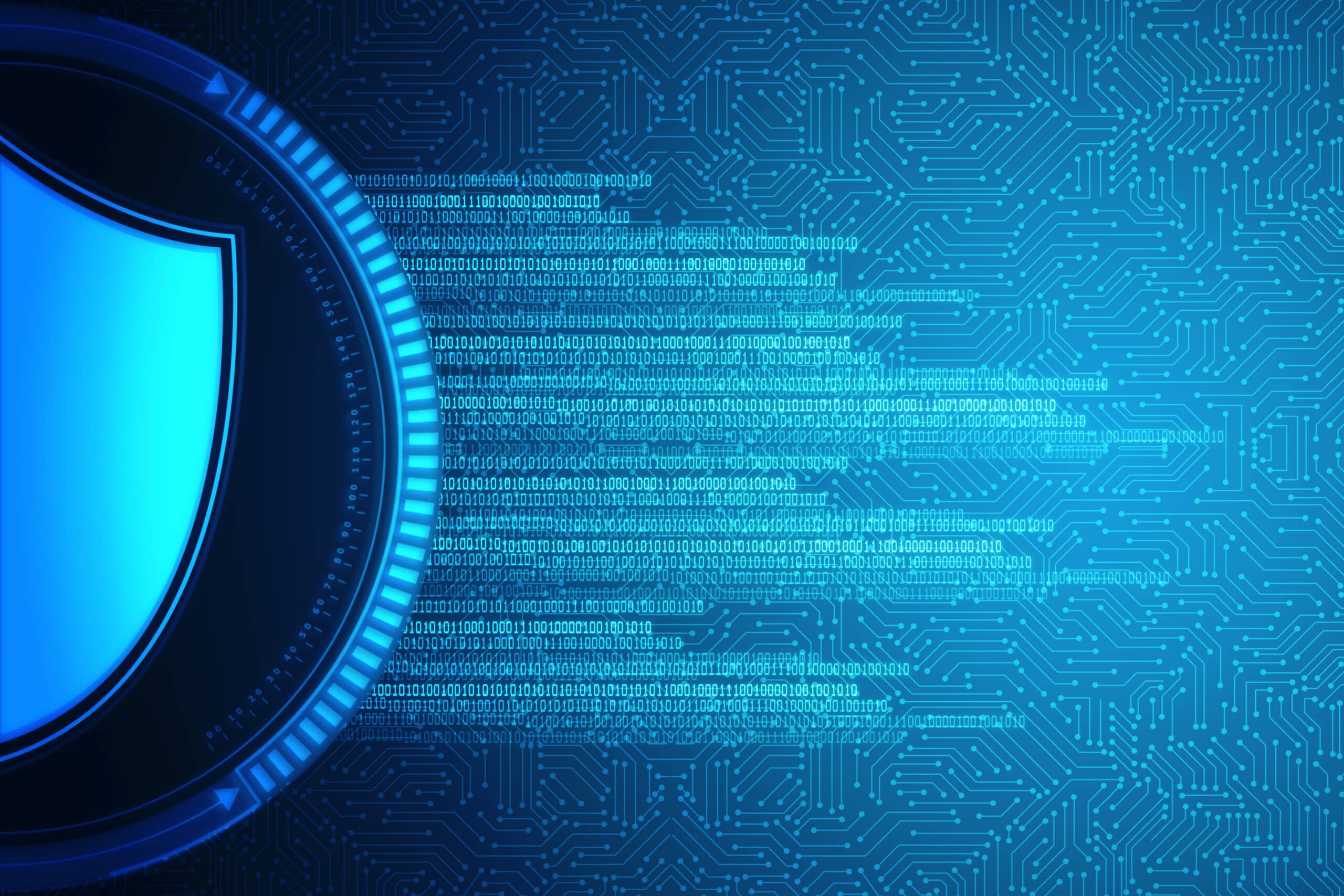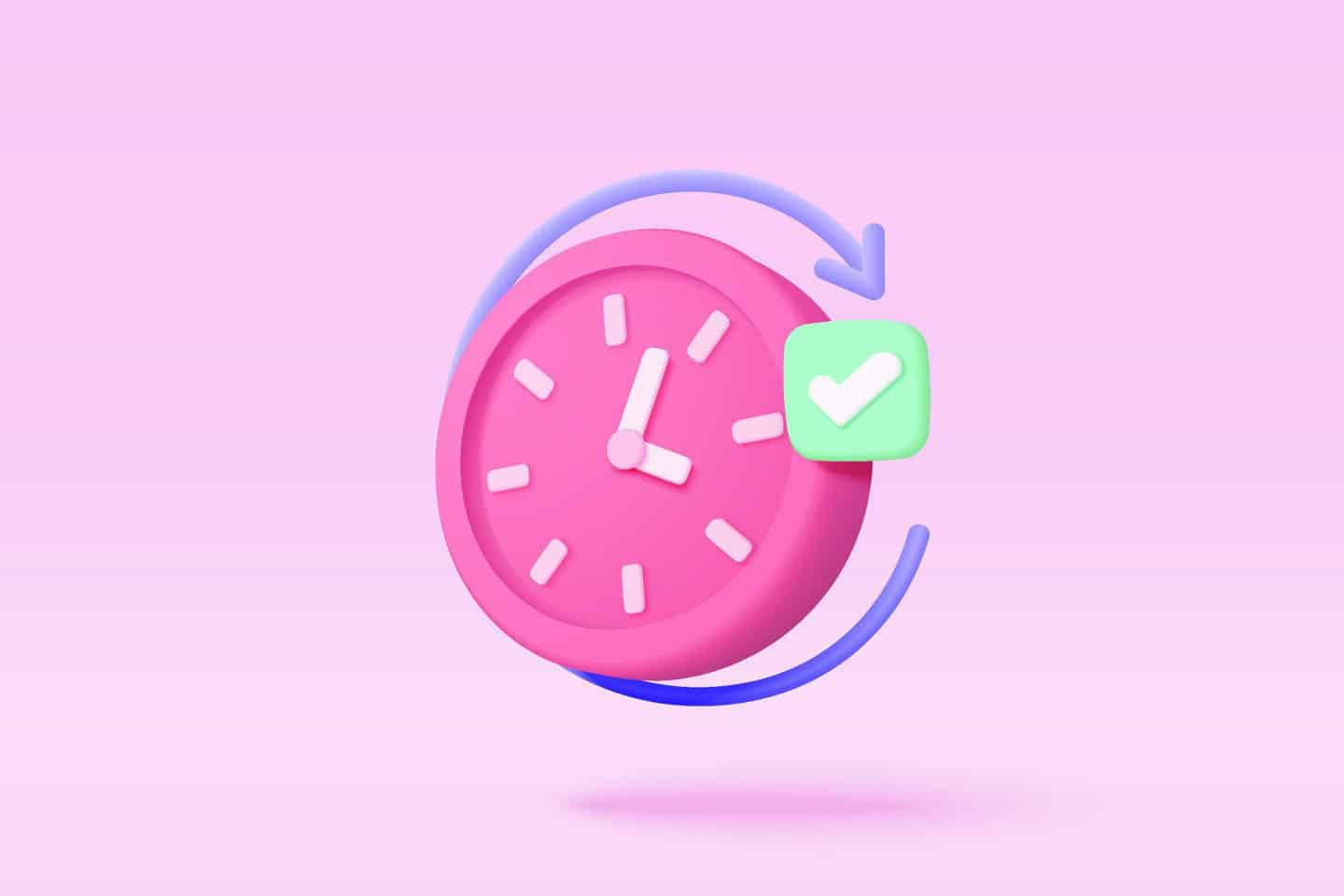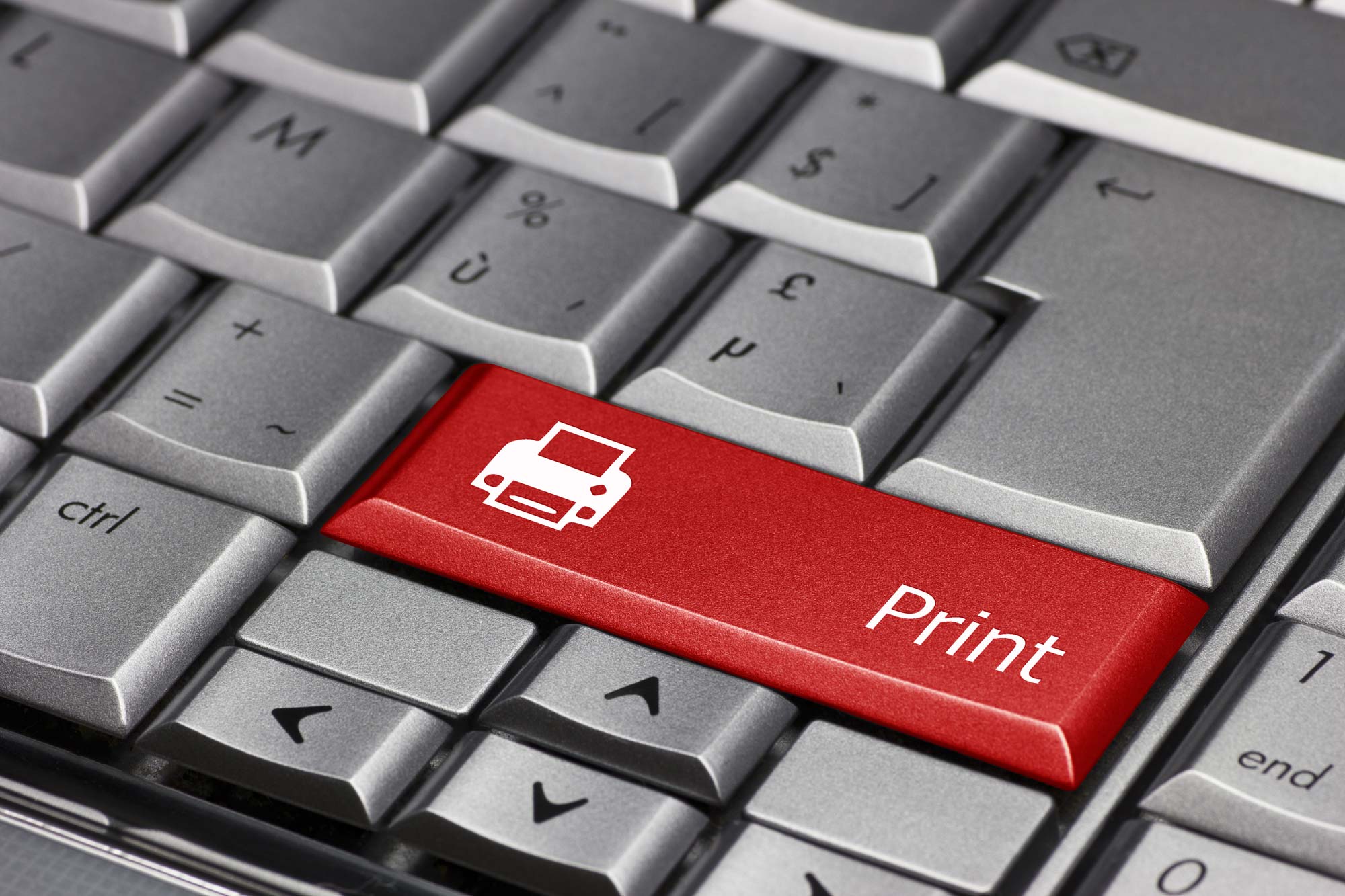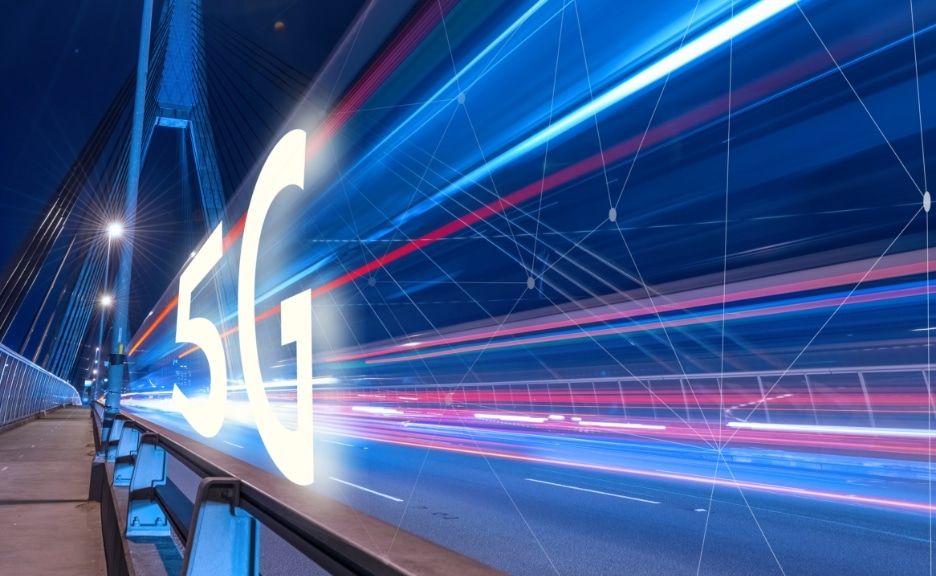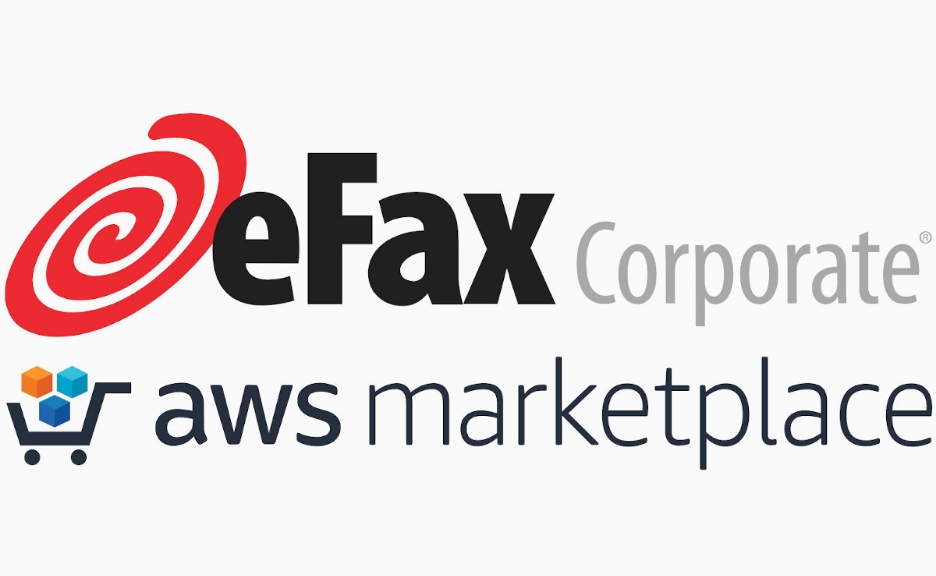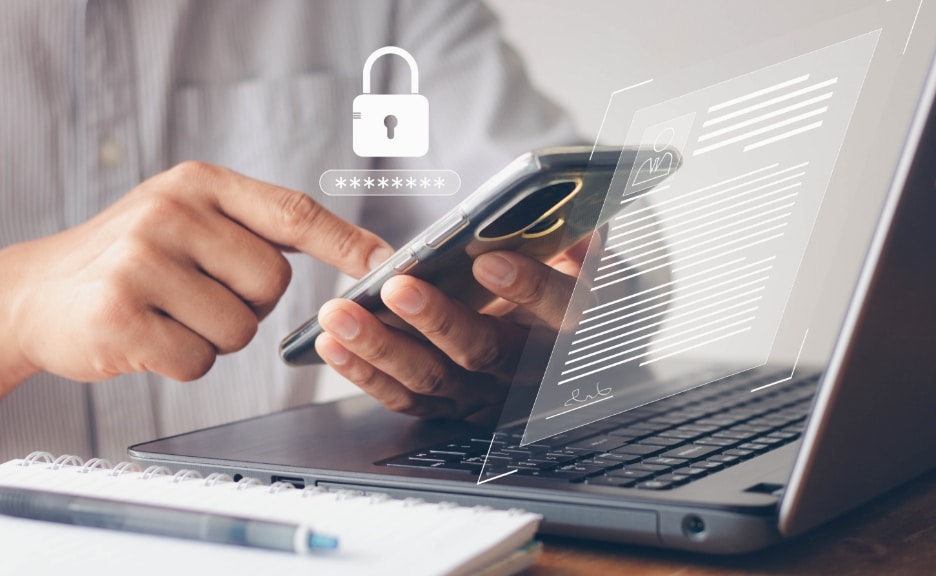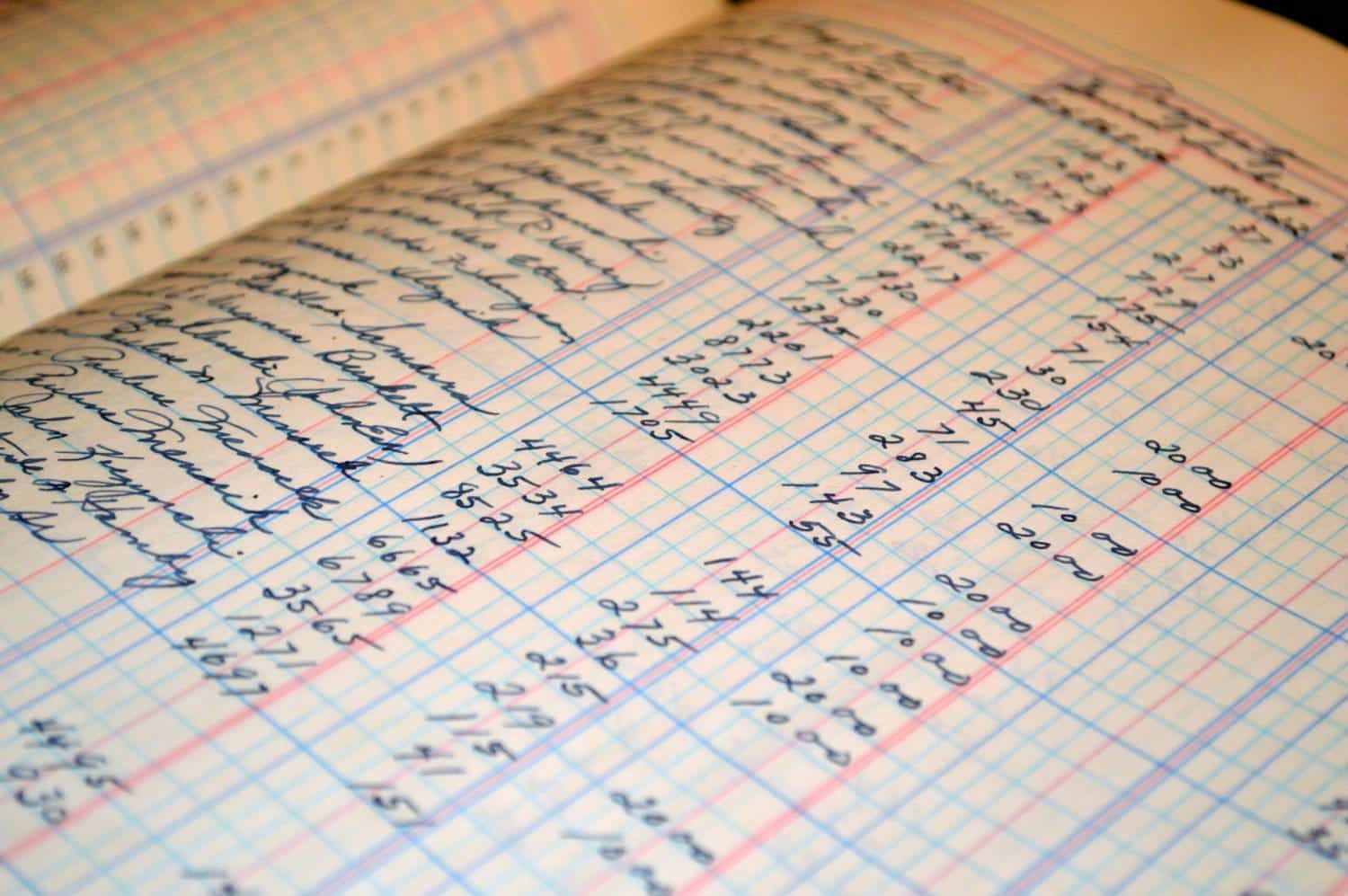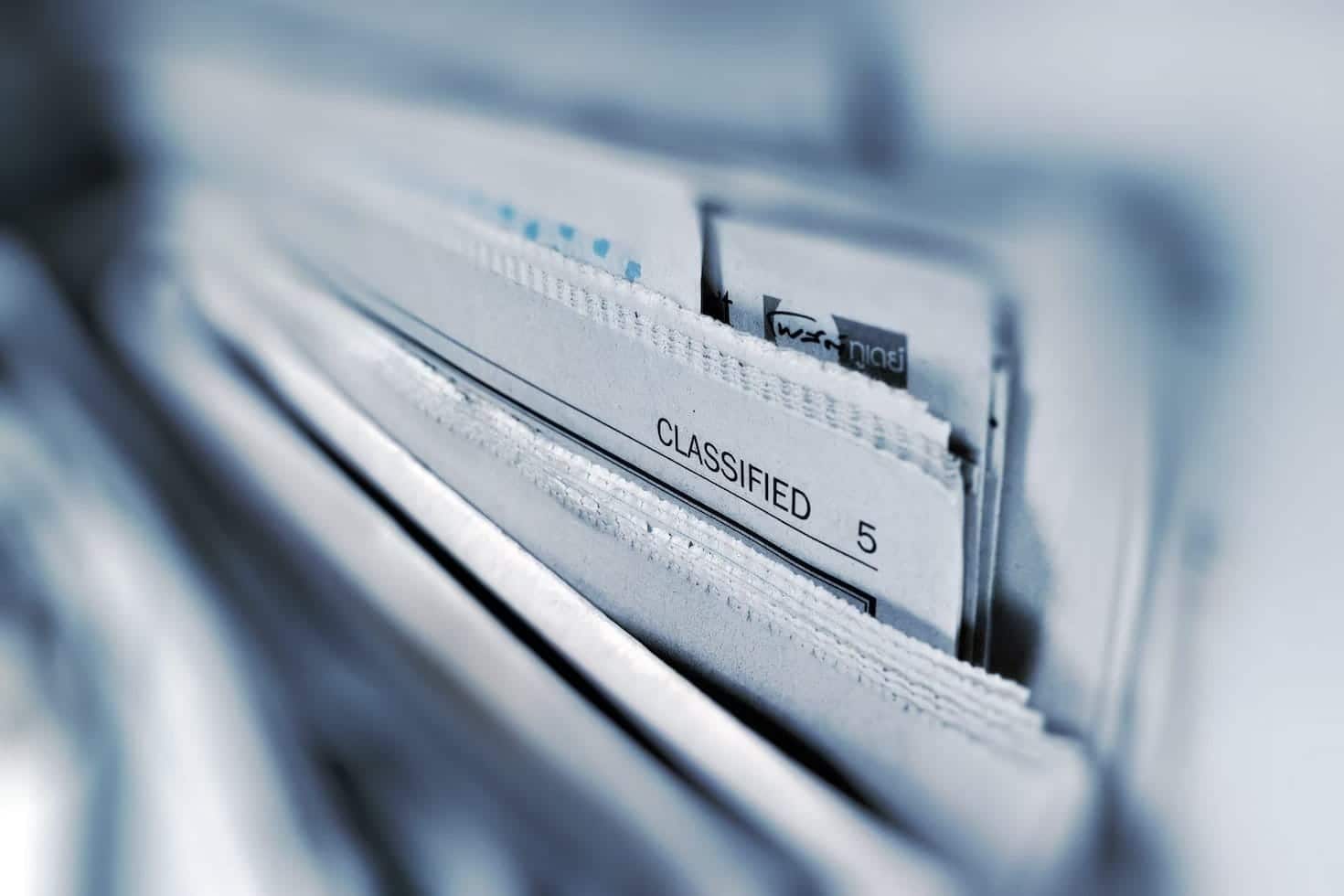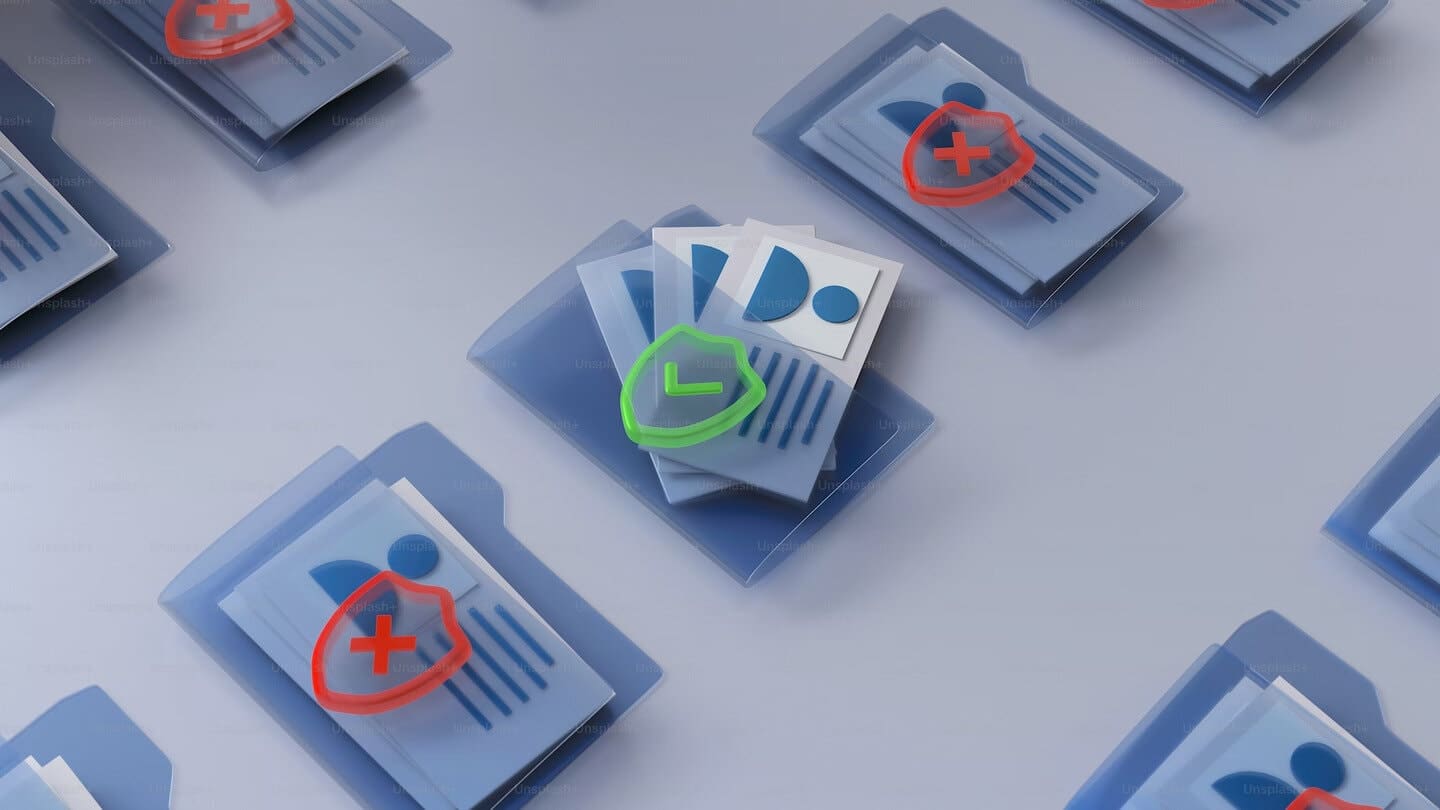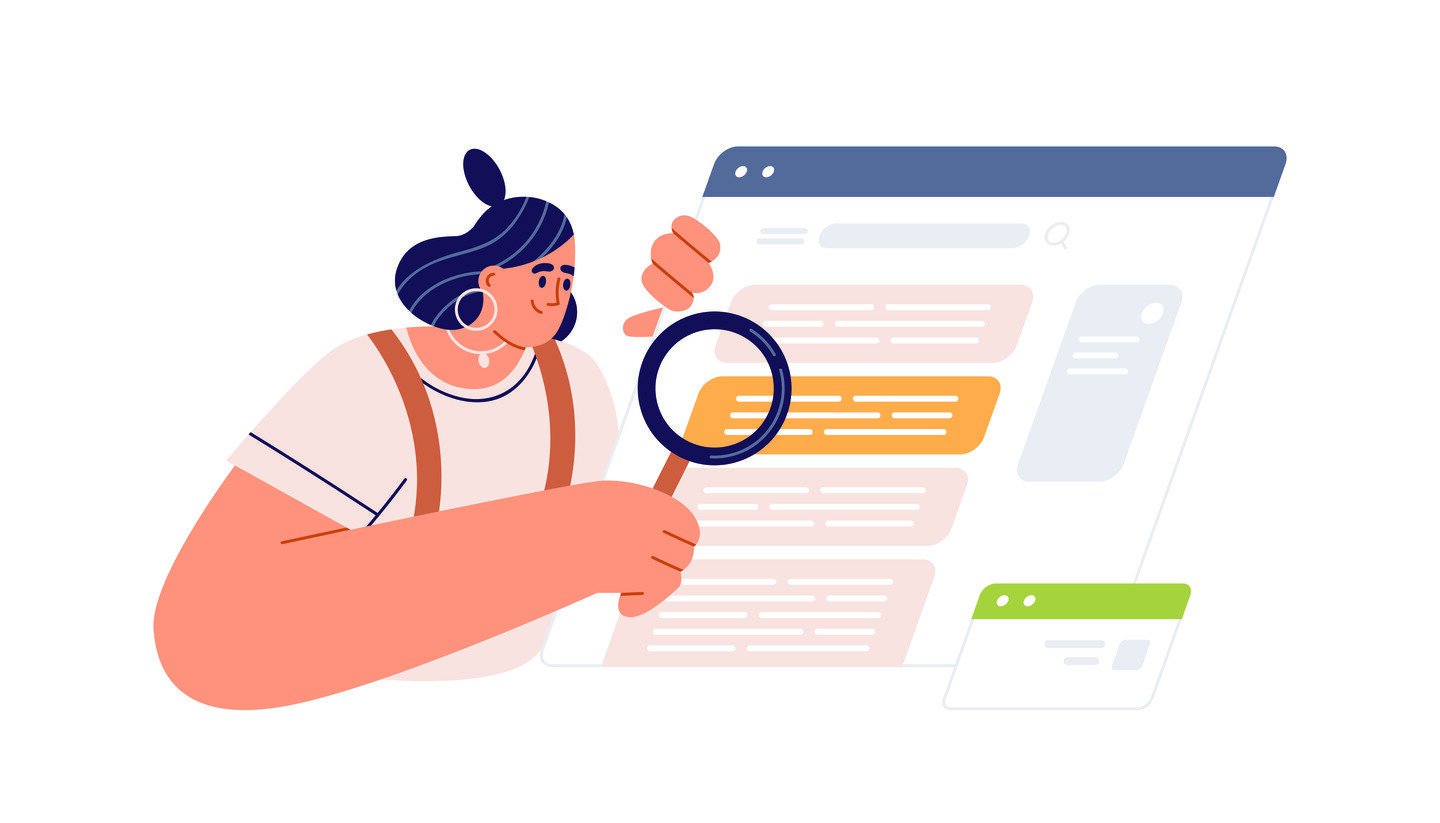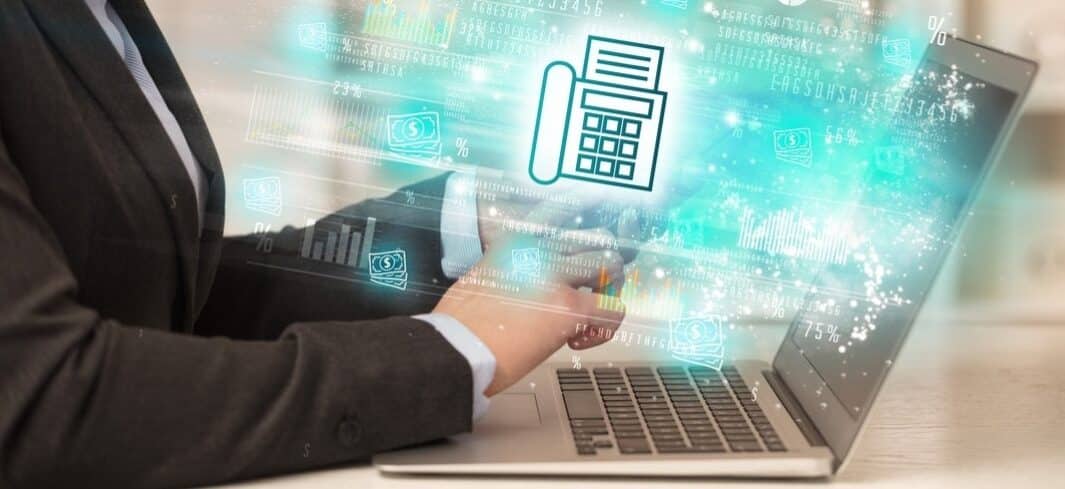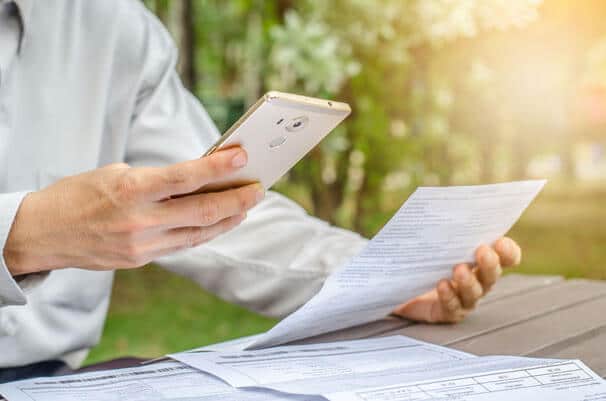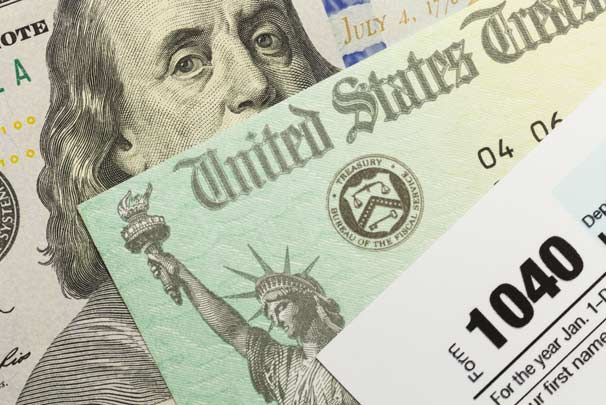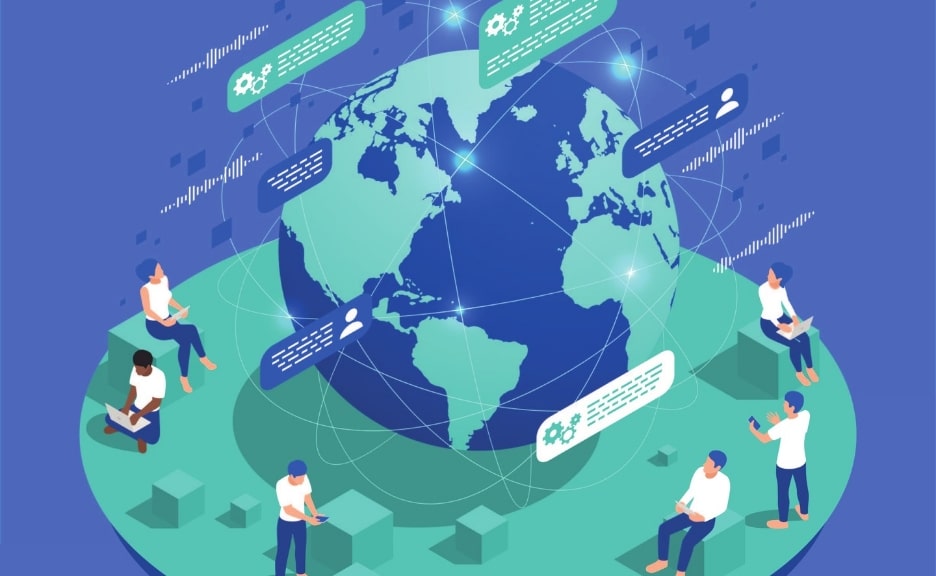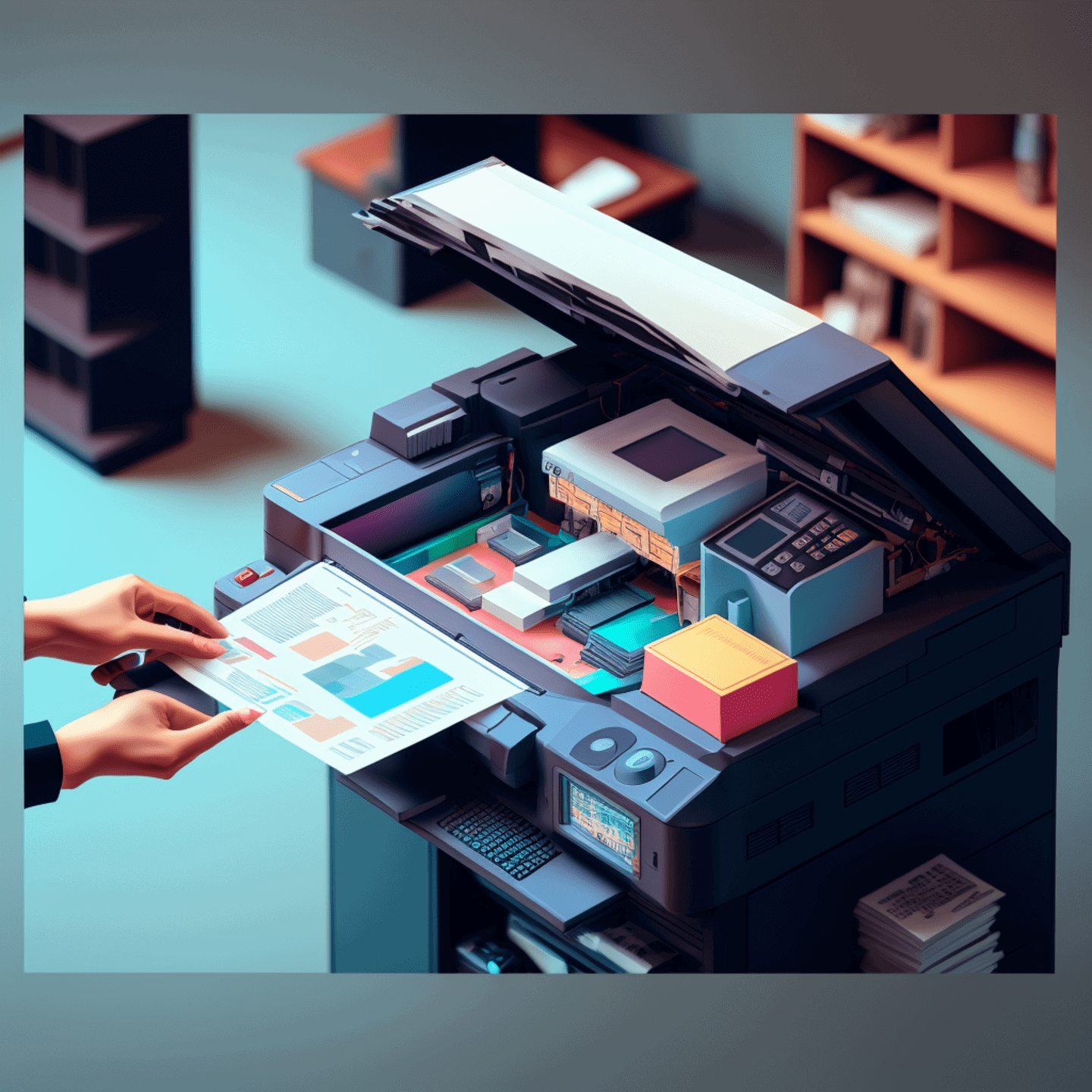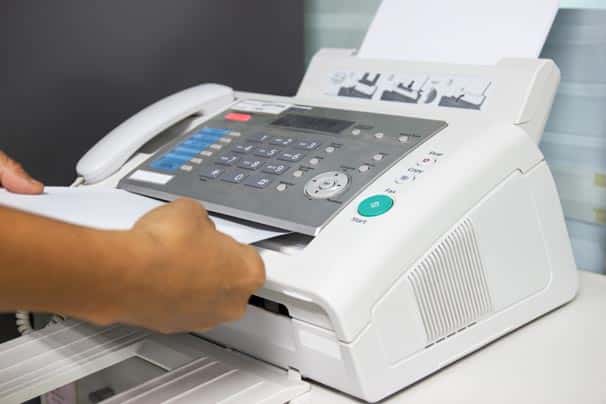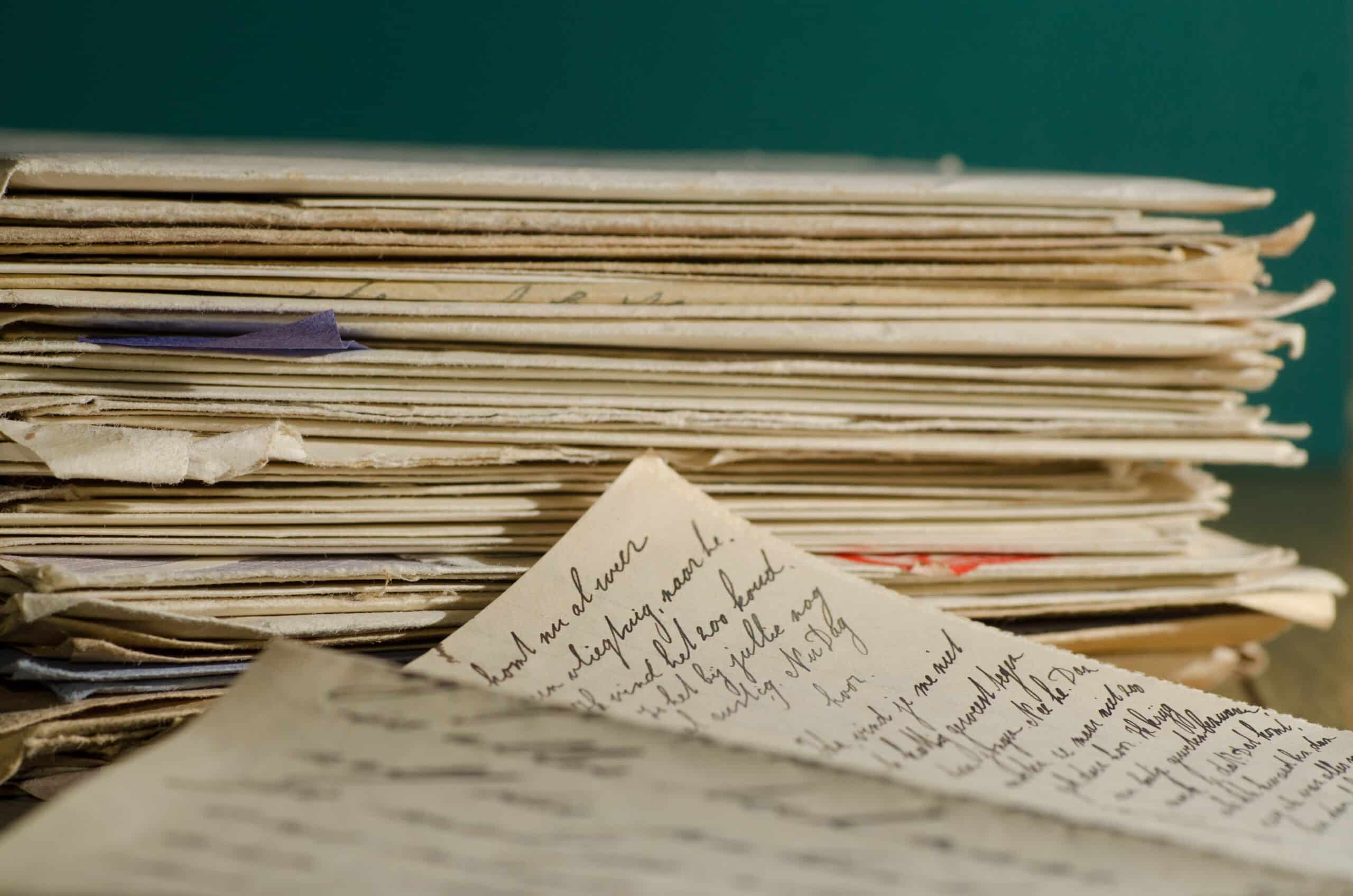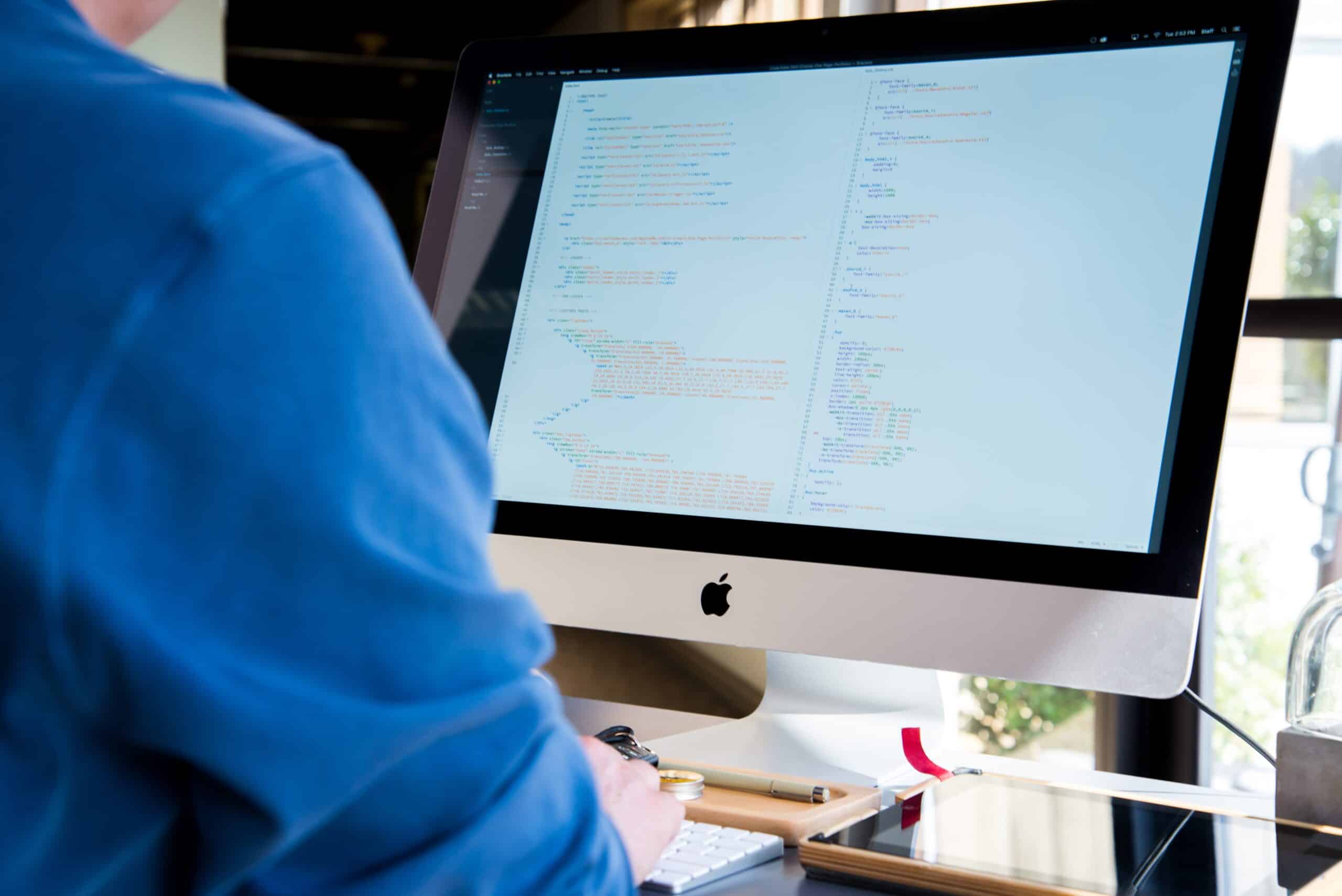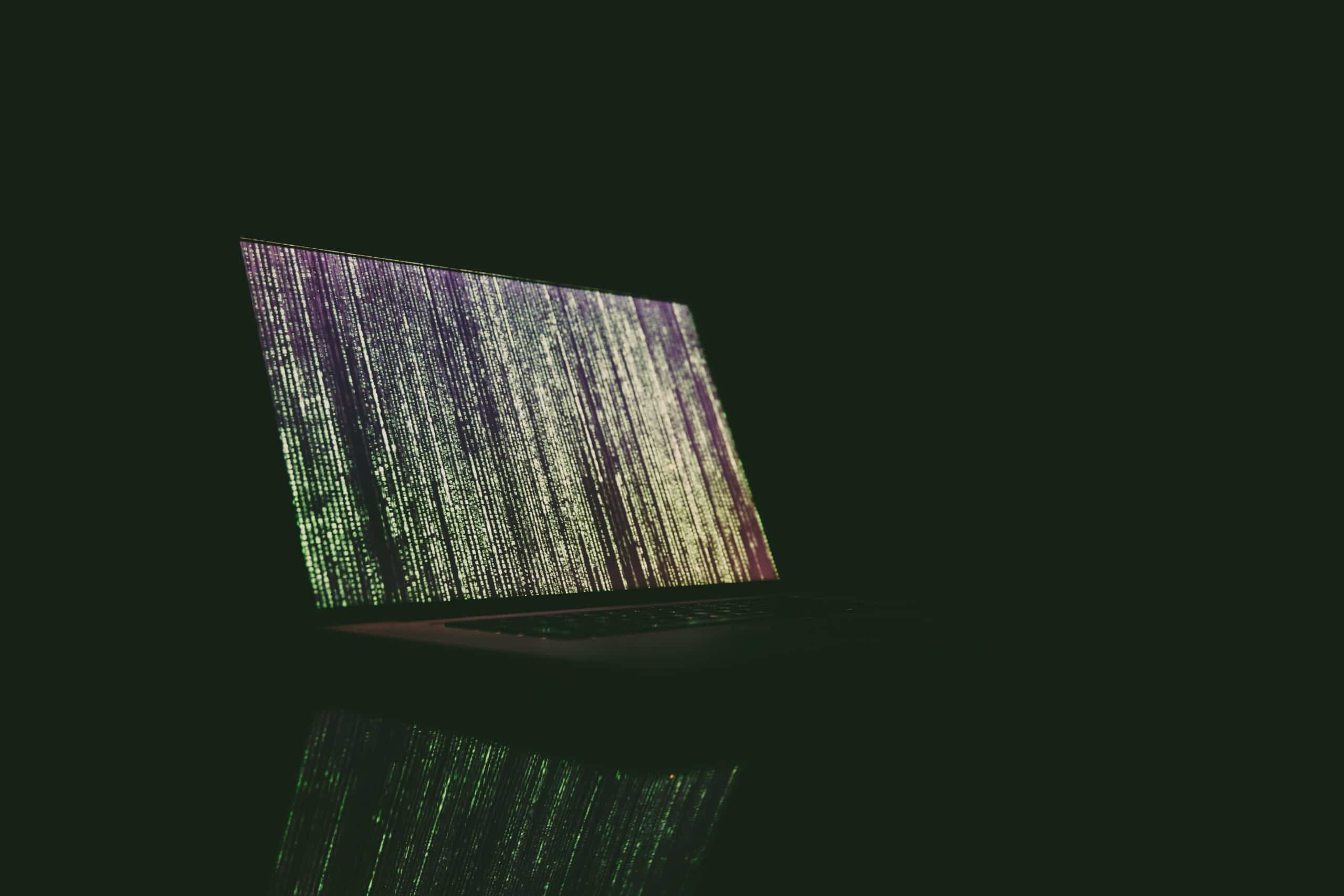Customers & Business
Environmental Cost of Faxing: Why Digital Solutions Are the Greener Choice

In an economy that’s focused on making sales, increasing production of goods, and beating out the competition, it’s easy to let environmental concerns fall by the wayside. But sustainability is about more than just reducing a company’s carbon footprint. Corporations need to be concerned about both their environmental impact through paper waste and their socioeconomic impact – businesses can’t sacrifice the affordability or availability of necessities to save the planet.
When it comes to daily tasks, faxing is often overlooked as a key player in a company’s sustainability goals. However, large enterprises that conduct a high volume of faxes can make a significant impact by switching to a more sustainable, eco-friendly option: digital faxing. But what is the environmental impact of digital faxing, and is it a better choice than traditional faxing?
In this blog, we’ll cover the full environmental impact of traditional faxing across its lifecycle, including paper use, energy costs, emissions, and total lifecycle footprint. Then, we’ll discuss why digital faxing makes sense for enterprise businesses, both financially and environmentally, covering all of the environmental benefits of switching to digital faxing.
The Full Environmental Impact of Faxing Across Its Lifecycle
Traditional faxing using physical fax machines can carry unseen environmental impacts across the entire faxing lifecycle. You may be aware of the standard ecological considerations associated with traditional faxing, such as paper use and landfill contributions. But the entire lifecycle of faxing has many environmental impacts from beginning to end:
- Manufacturing fax machines involves using raw materials that are not environmentally friendly, such as plastic, copper that must be mined, and silicon for microprocessors and other semiconductors.
- In the operational phase, physical fax machines can draw a lot of electricity use as they are on and in use for many hours of the day.
- Even in standby mode, fax machines draw a lot of power because they must be constantly “listening” for a fax to arrive.
- Finally, at the end of a traditional fax machine lifecycle, there is a significant load of electronic waste as companies dispose of their old machines. There is also the difficulty of recycling the mixed materials that make up a fax machine. All of these end-of-life problems contribute to overflowing landfills.
Understanding the Carbon Footprint of Paper Use in Traditional Faxing
Because a document is printed out every time a fax is received, traditional faxing uses a lot of paper. The large carbon footprint of faxing is mainly attributed to the deforestation of trees and the large amount of water, chemicals, and energy required to manufacture paper.
Another factor contributing to the carbon footprint of traditional faxing is the amount of discarded paper that ends up in landfills. Regular faxing only increases the amount of paper that ends up in landfills; in fact, paper makes up about 26% of landfills’ contents.
Lastly, toner and ink production uses chemicals that can be harmful to the environment, wasteful packaging that ends up in landfills, and raw materials that require significant energy and resources to manufacture.
On the other hand, digital faxing is an alternative to traditional faxing that has significantly reduced environmental impact. Factors that contribute to digital faxing’s low carbon footprint include the fact that it eliminates the need for ink, toner and paper to send and receive faxes digitally. Aside from the positives, digital faxing still uses energy, and data centers that host fax servers can be energy hogs.
The Energy Footprint of Faxing: Traditional Fax Machines vs. Cloud Faxing
Now that we know the extent of traditional faxing’s energy footprint, we must also consider the environmental impact of digital faxing. Data centers that support cloud faxing are often more energy-efficient than using multiple, individual fax machines. This is just one of the environmental benefits of switching to digital faxing.
Traditional fax machines are notorious for their continuous power draw due to their need to be ready to receive a fax at all times. Older fax machines are often lacking the environmentally friendly features of newer machines.
With digital faxing, energy use shifts from inefficient hardware to cloud servers, which reside in data centers that are often optimized for energy efficiency or powered by renewable energy sources. Renewable energy sources can help reduce the environmental impact of digital faxing.
Why Digital Faxing Makes Financial and Environmental Sense for Enterprises
Large enterprise businesses can dramatically reduce the environmental impact of faxing and associated costs by switching to digital faxing from physical fax machines. Here’s why updating your faxing solution to a cloud-based service makes financial and environmental sense:
- You immediately start saving money by eliminating the cost of paper, ink, toner, and maintenance. This is money you won’t spend with digital fax solutions.
- Simplified workflows, where faxes are delivered directly to your inbox and tagged for easy organization, result in fewer errors and less waste.
- No doubt your company is committed to sustainability goals. By switching to a cloud-based fax service that does not have the environmental impact of physical document transmission, your business can take a step towards these goals. Publicly expressing your attention to sustainability results in a positive brand reputation and contributes toward your environmental, social, and governance (ESG) scoring.
These environmental benefits of switching to digital faxing are undeniable. But, you might be wondering how digital faxing reduces paper waste and emissions? We’ll answer that question and more below.
How Businesses Can Minimize the Environmental Footprint of Faxing
Now that you have the information about how faxing impacts your carbon footprint as a company, let’s talk about ways you can reduce the environmental impact of faxing when you send and receive documents:
- Switch to digital faxing. This is the simplest and most effective way to reduce your faxing carbon footprint.
- Encourage workflows that don’t use paper. Set up digital fax numbers that you advertise, so that when individuals or businesses contact you, the faxed document arrives in your email inbox.
- Use recycled paper. If you can’t move away from faxing completely, ensure the paper you buy is recycled. This helps reduce the amount of deforestation, water use, and chemicals released into the environment.
- Print on both sides of the paper. Duplex printing, where the fax machine flips the paper over and prints on both sides, can cut your paper usage in half.
- Power down fax machines when you’re not using them. Consider implementing an end-of-week workflow where you turn off fax machines for the weekend, especially in an office setting that operates Monday through Friday.
eFax: A Sustainable & Secure Online Faxing Solution with Minimal Environmental Impact for Enterprises
Now that you understand how digital faxing reduces paper waste and emissions, you can select an online fax provider.
eFax is a comprehensive online faxing solution that can provide high-volume faxing with minimal impact on the environment. With eFax, you can significantly lower the energy consumption of traditional fax machines vs cloud fax. Here’s how:
- No more paper waste: With an online fax solution, faxes are sent and received as digital files. You can completely eliminate paper from your workflow by configuring your fax workflow to deliver the files to an email inbox or the eFax web application.
- Eliminates “phantom load”: Physical fax machines are always on and drawing electricity, even in low power mode. eFax uses your laptop or mobile phone, so there is no power-hogging software required.
- Electronic waste reduction: When a physical fax machine reaches end-of-life, it becomes electronic waste. eFax works on any internet-connected device you already own, making it an eco-friendly option.
- Energy-efficient data centers: With online faxing, your data is hosted by servers located in data centers. These data centers are often optimized to be as energy-efficient as possible.
- ESG objective support: eFax can directly contribute points towards your ESG rating through the elimination of paper and electronic waste and the reduction of energy use.
FAQs Around the Environmental Impact of Faxing
Here are the answers to your questions about the environmental impact of digital faxing.
Are online fax services more energy-efficient than traditional fax machines?
Yes, online fax machines are generally more energy-efficient than traditional fax machines. Here are some of the key reasons why
- Online fax services don’t incur standby power draw.
- Data centers are run efficiently.
- Online fax solutions don’t use paper, ink, or toner.
How much paper can a business save annually by using digital faxing?
It depends on your fax volume and faxing habits, but you could cut up to 70% of your fax-related business expenses through the elimination of paper, ink, and toner use.
Does cloud-based faxing generate emissions from data centers?
Yes, cloud-based faxing does generate emissions from the data centers that host cloud data. The emissions depend on the data center’s energy source (fossil fuels vs renewable), energy efficiency, and how often the hardware is replaced.
Can using digital faxing help my business meet sustainability or ESG goals?
Yes, digital faxing can help your business meet its sustainability and ESG (Environmental, Social, and Governance) goals.
Are there certifications for eco-friendly or sustainable digital fax providers?
There aren’t widely known certificates for digital fax providers, but online fax solution companies can demonstrate their commitment to sustainability through LEED (Leadership in Energy and Environmental Design) certification of the data centers, as well as self-reporting and transparency around eco-friendly practices.


